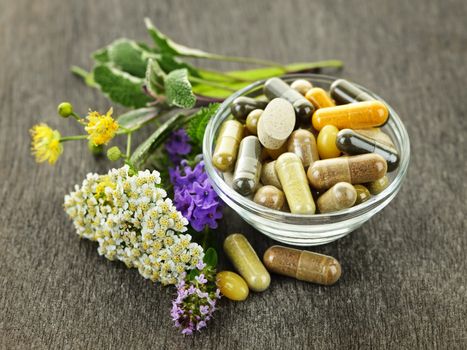
Breaking News
 FULL SPEECH: Tucker on the America First Movement & New "Deplatforming" Agenda
FULL SPEECH: Tucker on the America First Movement & New "Deplatforming" Agenda
 Red Light Therapy And Men's Health: Does It Really Work?
Red Light Therapy And Men's Health: Does It Really Work?
 Kash Patel's New FBI Clown Show - The Bizarre Interview He Will Regret For The Rest of His Life
Kash Patel's New FBI Clown Show - The Bizarre Interview He Will Regret For The Rest of His Life
 One Rifle I Trust for Everything
One Rifle I Trust for Everything
Top Tech News
 This tiny dev board is packed with features for ambitious makers
This tiny dev board is packed with features for ambitious makers
 Scientists Discover Gel to Regrow Tooth Enamel
Scientists Discover Gel to Regrow Tooth Enamel
 Vitamin C and Dandelion Root Killing Cancer Cells -- as Former CDC Director Calls for COVID-19...
Vitamin C and Dandelion Root Killing Cancer Cells -- as Former CDC Director Calls for COVID-19...
 Galactic Brain: US firm plans space-based data centers, power grid to challenge China
Galactic Brain: US firm plans space-based data centers, power grid to challenge China
 A microbial cleanup for glyphosate just earned a patent. Here's why that matters
A microbial cleanup for glyphosate just earned a patent. Here's why that matters
 Japan Breaks Internet Speed Record with 5 Million Times Faster Data Transfer
Japan Breaks Internet Speed Record with 5 Million Times Faster Data Transfer
 Advanced Propulsion Resources Part 1 of 2
Advanced Propulsion Resources Part 1 of 2
 PulsarFusion a forward-thinking UK aerospace company, is pushing the boundaries of space travel...
PulsarFusion a forward-thinking UK aerospace company, is pushing the boundaries of space travel...
 Dinky little laser box throws big-screen entertainment from inches away
Dinky little laser box throws big-screen entertainment from inches away
 'World's first' sodium-ion flashlight shines bright even at -40 ºF
'World's first' sodium-ion flashlight shines bright even at -40 ºF
Nature's pharmacy: 12 Essential herbs shaping modern health and wellness

Today, 15 of these botanical allies are undergoing a renaissance, blending centuries of empirical wisdom with rigorous scientific validation. Modern research confirms their roles in treating everything from anxiety to hypertension, positioning them as vital ingredients in the pursuit of holistic wellness — a testament to nature's resilience against ever-evolving health challenges. Many herbs can be grown at home, and you can easily make your own tinctures and teas as well.
The herbs: Ancient remedies, modern science
Nature's pharmacy is full of powerful remedies. Here are a few superstars everyone should consider having in their home medicine cabinet:
Valerian (Valeriana officinalis): Mother Nature's tranquilizer
Used since ancient Greece to soothe Nervous disruptions, this root owes its calming effects to compounds like valerenic acid, which boost GABA, a brain-calming neurotransmitter. Medieval physicians prescribed it for insomnia, and modern trials affirm its efficacy for anxiety disorders. However, its sedating effects are not universal; a small percentage of users report paradoxical stimulation, a mystery attributed to unmetabolized constituents. Today, valerian remains a go-to alternative for those wary of benzodiazepine dependency.
Dandelion (Taraxacum officinale): The weed with superpower properties
Long dismissed as roadside clutter, dandelion's roots and leaves are nutrient-packed dynamos. High in inulin and vitamins A, C and K, they've supported livers and kidneys across cultures for millennia. Modern studies reveal dandelion extracts may modulate blood sugar levels and reduce liver inflammation, offering low-cost support for metabolic health — a far cry from its "weed" stigma.
Yarrow (Achillea millefolium): The antiseptic from ancient battlefields
Named after Achilles, who reportedly staunched soldiers' wounds, yarrow's antimicrobial and astringent properties are still unmatched. Its hemostatic effects (stopping bleeding) and ability to prevent infection make it a staple in first-aid kits. Contemporary research highlights yarrow's role in treating menstrual cramps and varicose veins, proving its battlefield-era utility endures in modern therapies.
Ginger (Zingiber officinale): Nature's multitasking panacea
A trader's staple across the Silk Road for nausea and inflammation, ginger's star compound, gingerol, has inspired over 200 studies. It reduces morning sickness (FDA-approved in pregnancy at safe doses) and rivals NSAIDs for arthritis pain with fewer GI side effects. This spicy root also promotes heart health, providing a flavorful way to combat chronic disorders.



